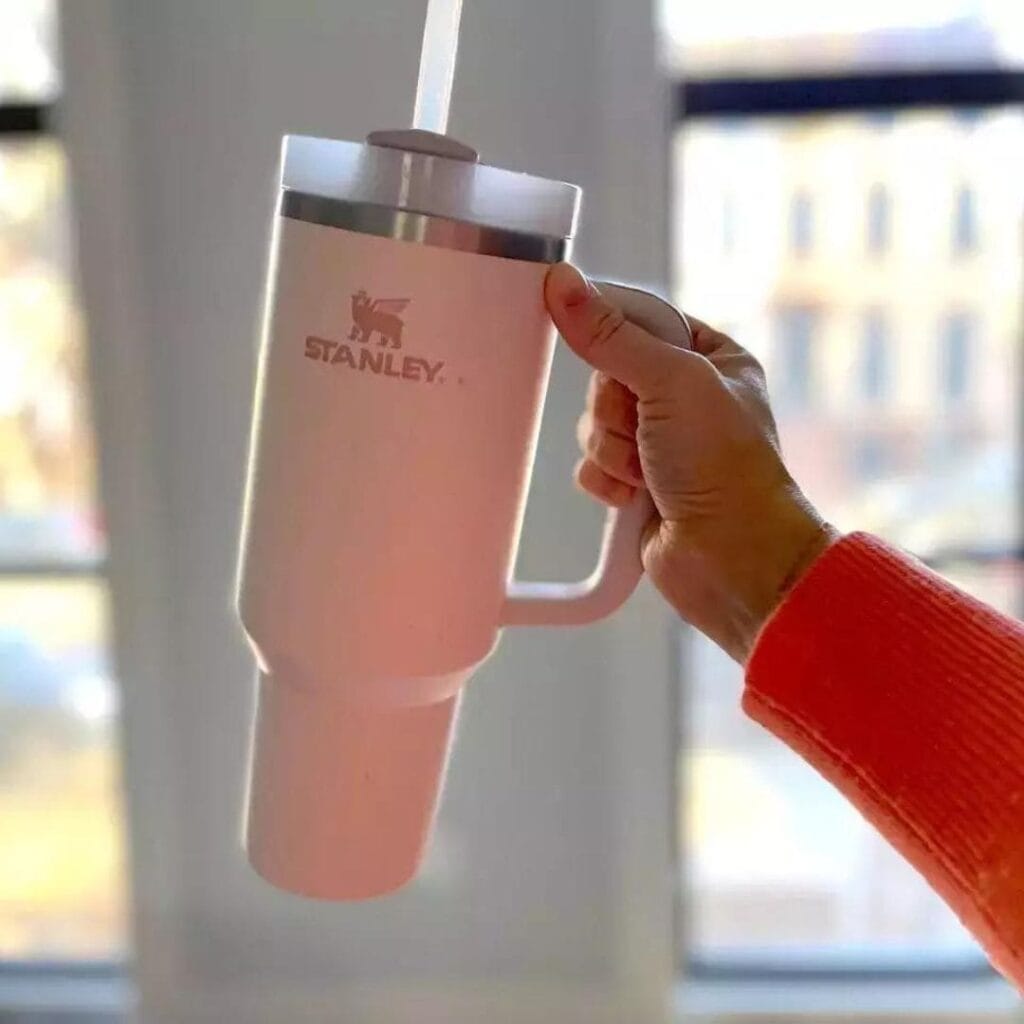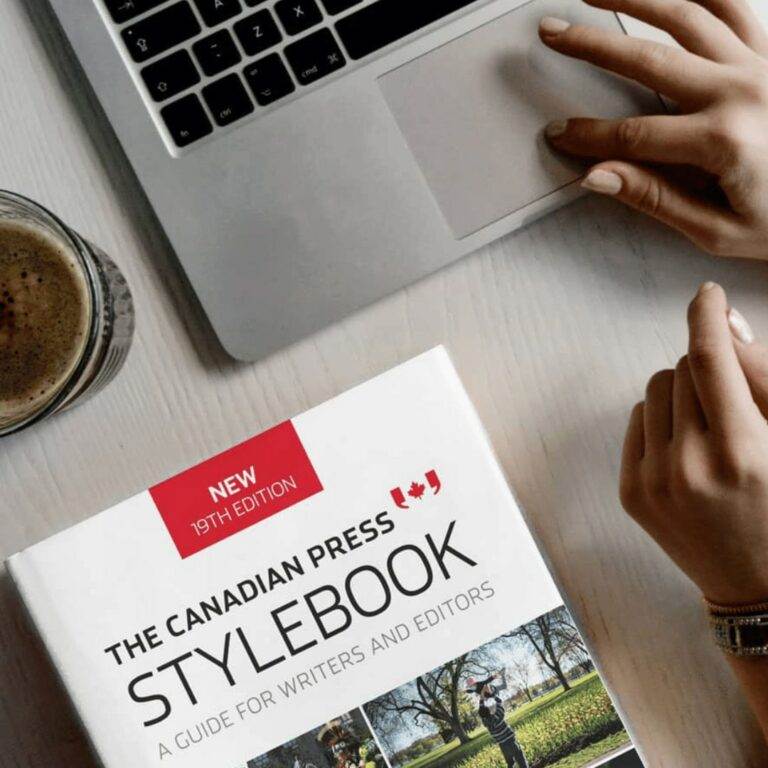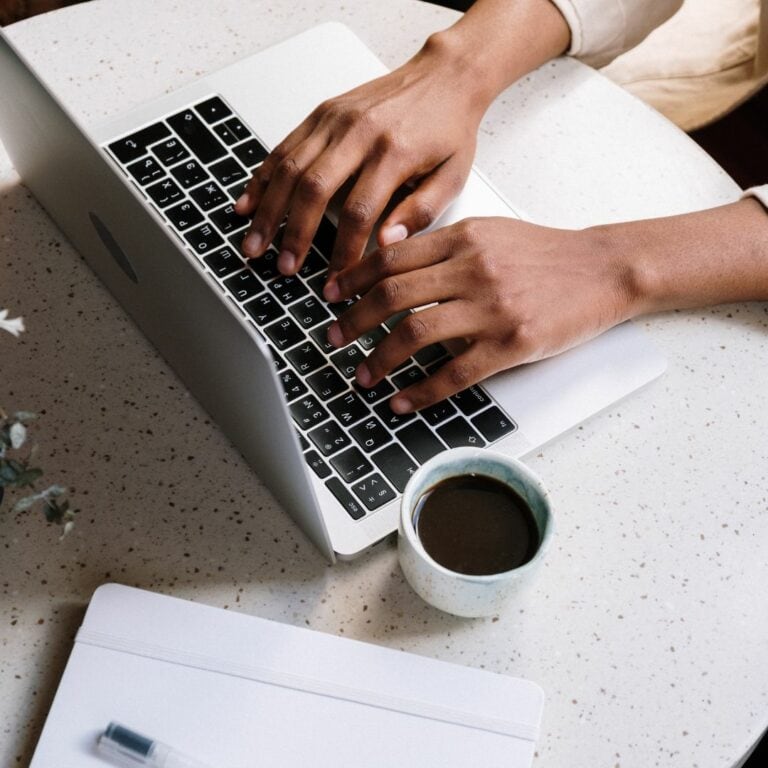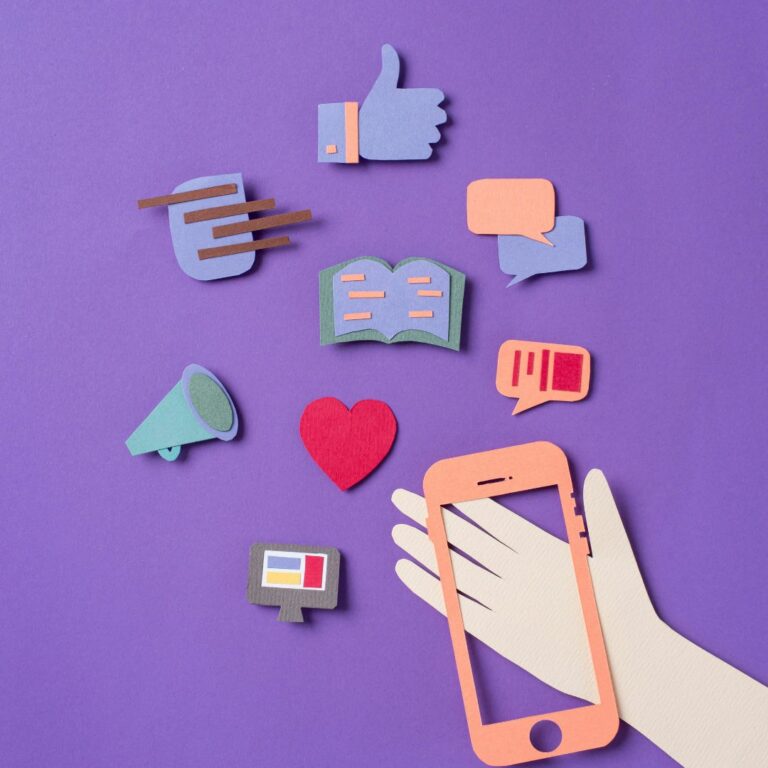Brand Management
Case studies
A Deep Dive on Freebie PR
Share this article:

Who doesn’t love free stuff? I know I do.
We all know companies send out PR packages to creators all the time (even to super small creators, so get on making your influencer dreams come true), which makes sense from a marketing perspective. Sending PR packages to someone with an audience means more exposure and possibly sales. But why do companies send free products to consumers without a following when there is no guaranteed return on investment? Well, my friends, this is called freebie PR.
While the term might be new to you, the concept is not. Freebie PR is when a company gives free products to consumers. Freebie PR is a strategic marketing tactic that can significantly boost a brand’s exposure and likeness among the public, potentially leading to increased sales and making it a worthwhile investment. This can happen on a small level, like receiving a free product in your order or sending you something when you invite a brand to your wedding, and on a larger scale, like when Stanley bought someone a car.
Example: Stanley
Last November, Danielle (@danimarielettering on TikTok) faced tragedy when her car, a Kia Sorento, caught on fire. Like most do, she posted a TikTok about what happened to her, specifically noting that her Stanley was the only thing that survived and still had ice in it. People flocked to the comments, sharing empathetic thoughts and jokes about Kia and Stanley to lighten the mood and, of course, to share that this was fantastic marketing and influenced them to purchase a Stanley cup.
Danielle did not tag Stanley in the post, but Stanley found the viral video and responded. Stanley’s president, Terence Reilly, took to TikTok to express his gratitude for her safety and the video. During the video, Reilly strategically noted that Stanleys are built for life, which is the brand’s tagline. Reilly then said that they would be happy to replace Danielle’s vehicle and, of course, send her some new Stanleys.
Some important things to note about Stanley’s video are that they got the company president to make it, showed a face—an important one—rather than just leaving a comment or DMing Danielle, and spoke about Stanley as a human and family rather than a brand and workplace. All of these moves were strategic. They wanted to humanize the brand to improve public perception and gain exposure and sales.
This includes Danielle and Stanley’s TikToks, the videos received over 150 million views. Plus, there is an absorbent amount of earned and shared media through user-generated content and articles. Additionally, Stanley’s TikTok account has 10 million likes; over seven million are from the videos about Danielle, which are still pinned to the top of their page. It is clear that Danielle’s tragedy was turned into a PR masterpiece, gaining more traction than most marketing campaigns.
Ashwinn (@shwinnabego on TikTok) estimated that Stanley would have to spend around a million dollars to get 100 million views, which the combination of Danielle’s video and Stanley’s response received for the low price of a new Mazda (estimated $40,000 – $60,000) and a box of Stanley cups.
Brand Examples
On a more general note, Starbucks used freebie PR to express their gratitude to first responders and frontline workers during the COVID-19 pandemic. They organized an entire campaign offering free tall coffees, hot or cold, to those putting their lives at risk during the pandemic as a thank you. Starbucks reported that they had given away over a million cups of coffee.
While Starbucks did not gift anyone a car or get as much free exposure as Stanley did, their kindness campaign was still effective. Starbucks was able to tell the public how much they value first responders and frontline workers, as well as subtly make a public stance on the COVID-19 controversies. As we all know, the pandemic sucked even more for those who had to keep working and risk their lives daily. For Starbucks to bring some light to the very dim pandemic was refreshing and gave people something to appreciate at a time when we needed it the most.
We also see examples similar to this one on specific branded days, like when MAC Cosmetics gives away free lipsticks on National Lipstick Day or when Ben and Jerry’s created Free Cone Day. All of these instances where companies give their consumers something for free are to show appreciation.
Examples Driven by Consumers
An example of freebie PR driven by the consumer is when Peter Shankman jokingly tweeted Morton’s Steakhouse asking them to meet him at the Newark airport after his flight with a porterhouse steak. To his surprise, they did.
We have seen many examples like this before. In fact, for a couple of years, it was incredibly common for consumers to tweet brands asking for items in exchange for retweets, just like when Carter Wilkerson tweeted Wendy’s asking for a year’s supply of nuggets. They told him to get 18 million retweets. He only got 3 million but still received a year’s supply of nuggets.
We all know conversing and building consumer relationships is incredibly important when marketing a brand. These social media examples gave specific consumers a once-in-a-lifetime experience, garnered an unimaginable amount of user-generated content and earned media, and made the brand seem more reachable, relatable, and likeable.
The Psychology
While freebie PR is clearly a good move for brands, why do consumers react so well? Obviously, everyone loves free things—we all know that. But from a psychology standpoint, the reciprocity principle comes into play.
The reciprocity principle argues that humans respond to actions in a way that mirrors them. More specifically, every exchange is influenced by the first act. This means that if a brand gives the consumer an item for free, the consumer will want to repay the favour, whether this means showing support on social media, sharing with friends and family, buying an item, or simply choosing the brand over another. The freebie is the first act in an exchange between the consumer and brand that ends in loyalty and advocacy.
To Bring it All Together
The allure of freebie PR extends far beyond the joy of receiving free items; it taps into our deep-rooted psychological need to reciprocate good deeds in a way that makes sense to each consumer personally. When brands go above and beyond to fulfil consumers’ wishes or needs, they create memorable experiences that resonate far beyond the initial exchange.
Moreover, freebie PR makes you like a brand more. It humanizes the brand by showcasing its genuine care (even if it is just a marketing tactic) and commitment to doing the right thing. We, as humans, care about empathy but also having fun and making some outrageous dreams come true. So, whether the act of kindness is big or small, it still strengthens brand loyalty, perception, and promotion because it makes the consumer feel special.
More than anything, freebie PR is a powerful communication tool for brands to increase awareness, drive sales, and enhance brand values. By creating memorable experiences and fostering emotional connections with consumers, brands can differentiate themselves in a crowded marketplace and earn the trust and loyalty of their audience.
Ultimately, being a well-liked and respected brand is a game-changer in today’s competitive landscape. Consumers are more likely to support brands they perceive as caring, empathetic, and trustworthy. Freebie PR is just a strategic way for companies to achieve these objectives in the easiest but most meaningful way.
So, the next time you receive a freebie from a brand, consider the message behind the gesture and ask yourself what the brand is trying to tell you. Because it’s not about the item itself but the values and principles the brand stands for and the meaningful connections it is trying to cultivate with you.
You may also enjoy...
Read more great articles like this, or return to the main articles page…
A love-hate relationship with my CP Stylebook
Is it President or president? Is it 15 or fifteen? Is it donut or doughnut? If you’ve ever had to deal with the Canadian Press Stylebook, you know the struggle. The…

Blogs Are Not Dead: Copywriting Blogs That Are Alive and Thriving
It was a morning just like many others before it. I was sipping my extra-large latte, minding my business, and scrolling social media. The words from a sponsored post caught…

The Remarkable Role of Social Media in Modern PR
When it comes to PR, one tool has taken centre stage: social media. It’s not just about cat memes and viral dances anymore; it’s a vital element in shaping public…
